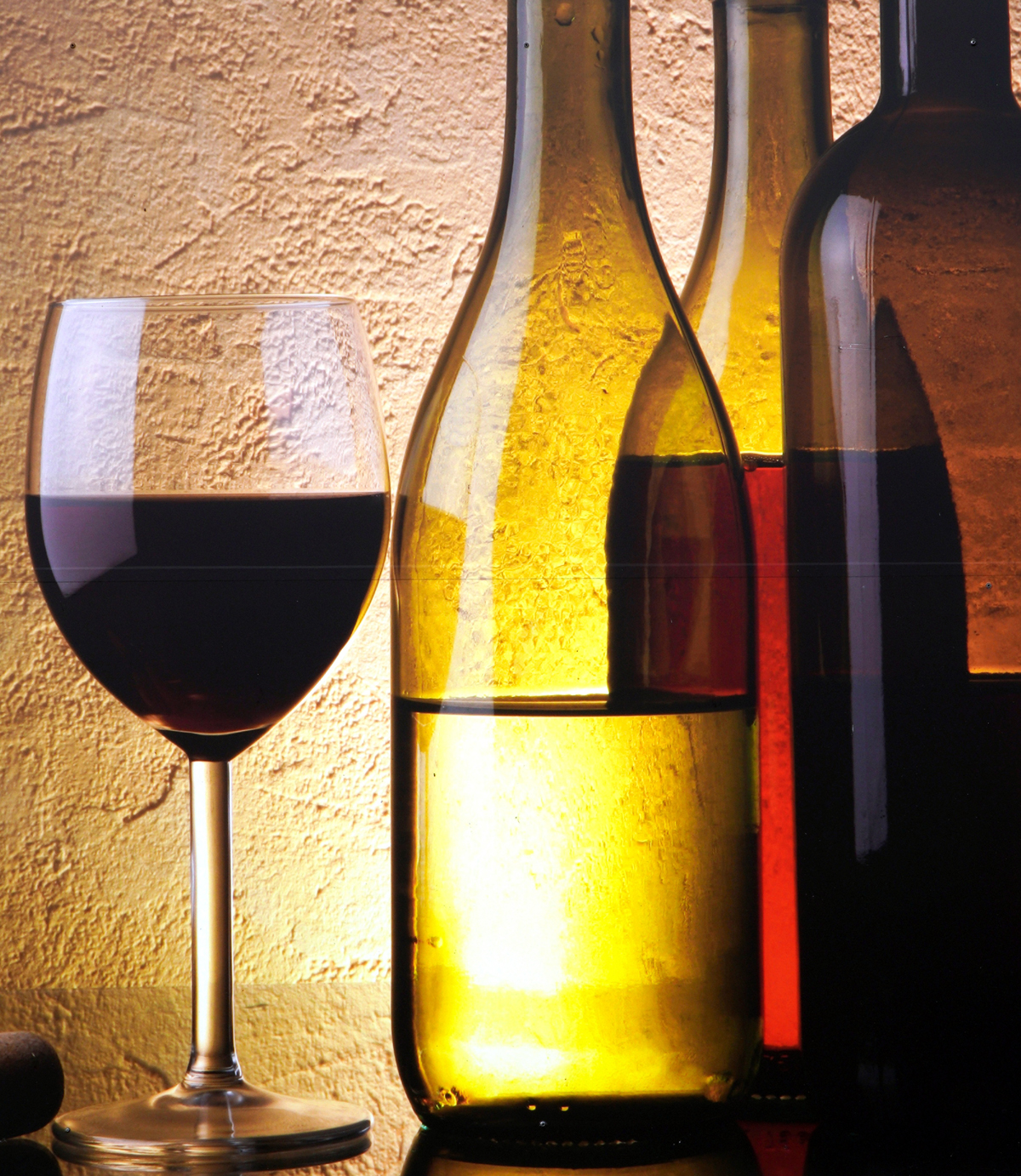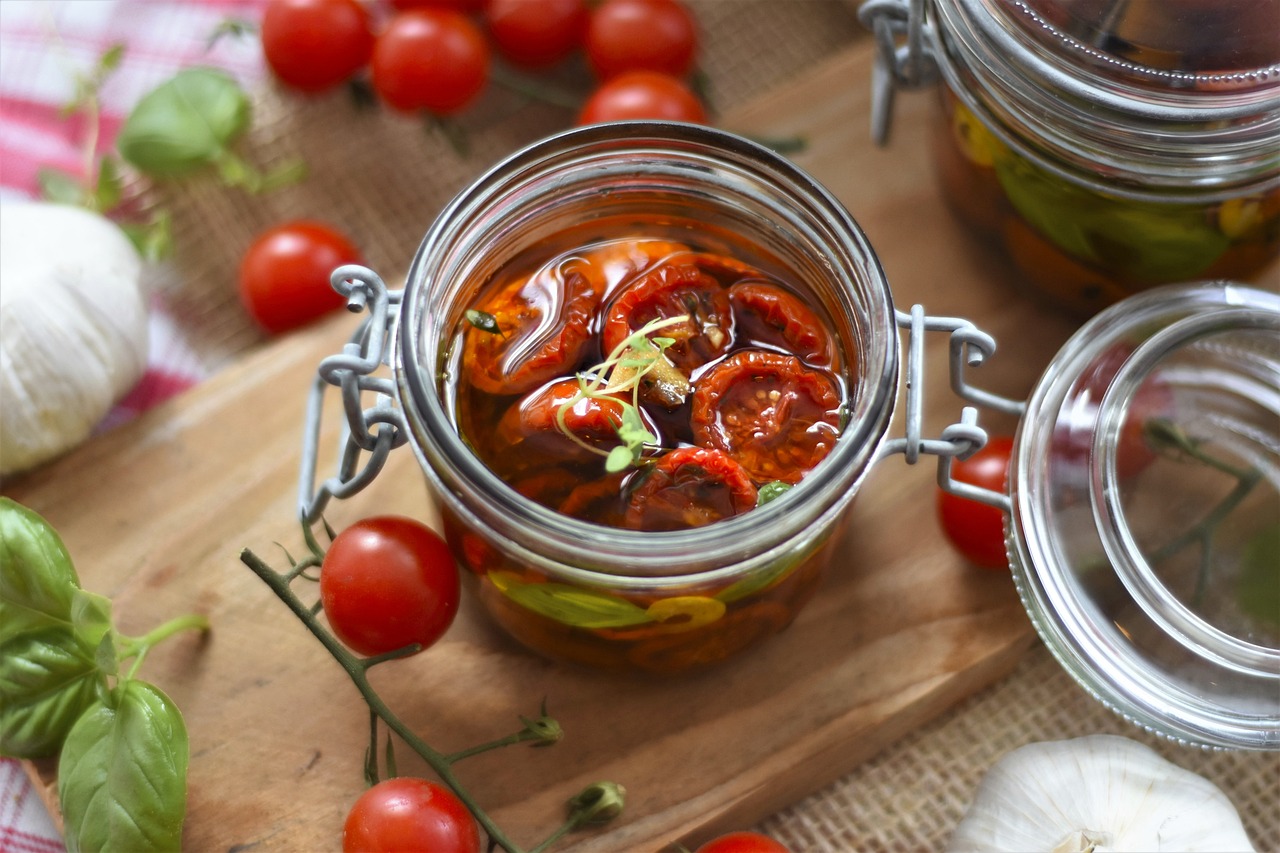How to Make Homemade Wine

To make homemade wines with the recipes and ingredients here all one needs is a gallon-size glass bottle, a saucepan and a polyethylene pail. Make certain to use polyethylene as some plastics are not suitable. Do not use aluminum, copper, or enamel vessels to make your homemade wine with.
Sterilization is mandatory for all utensils, bottles and corks, especially corks. One should use commercially available plastic corks until you know how to properly sterilize natural corks.
Ordinarily, baker’s yeast and white granulated sugar are used by the average homemade wine maker. A special wine yeast and invert sugar makes the best wine possible.
Wine yeast is capable of producing eighteen per cent of alcohol by volume (32 proof), against the fourteen per cent of bakers’ yeast.
Starting what is called a ‘nucleus ferment’or nutrient. A small jar will do for this. About a 1/2 cup of water and a teaspoonful of sugar are boiled together for a minute and then allowed to cool. This is then put into a sterilized jar and the yeast added in whatever form it is obtained. Allow to set for 3 days covered with plastic wrap and rubb er-band.
Preparing the fruit: Various types of wild yeast and bacteria are on the fruit naturally and must be dealt with. Our method, known as the ‘sulphiting’ method, does this.
How to Make Homemade Wine:
Crush the fruit by hand in the poly pail and pour on one quart of distilled water. Mix well. Crush one campden tablet and dissolve the power in 1/2 cup of warm water and mix with pulp. Leave the mixture for 1 or 2 hours. A little discoloring may happen.
After this, take 1/3 of the sugar to be used and boil this for 1 minute in 3 pints of water. Allow this syrup to cool and then stir into the pulp. Then add the yeast (or nutrient) and ferment for 7 days.
After 7 days, strain the pulp through fine cloth and wring out as dry as you can. Put the strained homemade wine into a gallon jar and discard pulp. Then boil another 1/3 of the sugar in one pint of water for 1 minute and when cooled add it to the rest. Plug the neck of the jar with cotton wool or fit a fermentation lock and continue to ferment the homemade wine in a warm place for a further 10 days.
At this stage, pour the homemade wine into the poly pail leaving as much deposit in the jar as you can. Clean out the jar, sterilize it and return the homemade wine to this. Boil the remaining 1/3 of the sugar for 1 minute in 1 pint of water. When this has cooled, add it to the rest. Refit the lock or plug the neck of the jar with fresh cotton wool.
After this, the homemade wine should be left in a warm place until all fermentation has ceased.
Clearing: it is usual to have a brilliantly clear homemade wine a month before fermentation has ceased so patience is required here. After all fermentation has ceased, siphon the clear homemade wine (if not yet crystal clear) into another jar leaving the deposit behind. Then when the homemade wine is finally crystal clear it should be siphoned into bottles and corked.
To get the maximum alcohol and to get total fermentation the ideal temperature at which to keep a ‘must’ is between 65-70 degrees F.
Fully ripe fruit is essential if we hope to make the best homemade wine.
Cherry Wine:
(A Delightful Sweet Wine):8lb. black cherries, 7pts. water, 3 1/2lb. sugar (or 4lb. invert), all-purpose wine yeast or Bordeaux yeast, nutrient.
Plum Wine:
(Port Style):Dark red, fully ripe fruits must be used. 10lb. plums,7pts. water, 3 1/2lb. sugar (or 4lb. invert), port yeast, nutrient.
Grape Wine:
Homemade grape wine is much more difficult and requires 20 pounds of grapes so unless you own a vineyard it is not cost effective to make homemade grape wine. After several batches you will get the rhythm of making homemade wine down to a tee. With further knowledge you will be able to make homemade wines with a strength, clarity, flavour and bouquet of which you will be justly proud.
©Copyright Chef Brian 2007 all rights reserved.
The Author:
Chef Brian Ankner Has Been Making Fine Wines For Several Years And Enjoys The Hobby.
Photo.
Source: Ab








